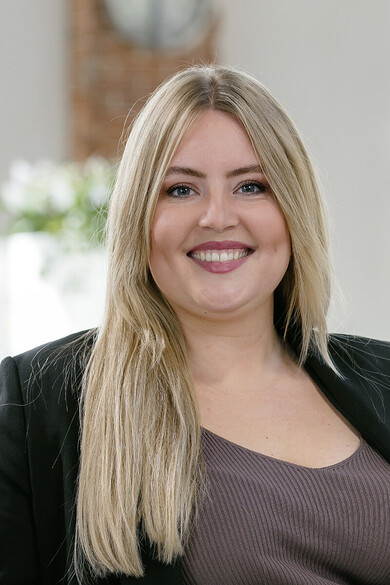
With this high degree of flexibilization and dissolution of boundaries in work, the office is becoming increasingly important as a social space, because Without the secure anchor of the workplace, many employees quickly feel insecure, which can lead to lower loyalty and performance.
This is also demonstrated by the boom in coworking spaces. Instead of sitting alone in their home office, knowledge workers find a third place where they can work productively and in cooperation with others and generate ideas. Depending on the activity, they can choose areas for communication, group work or quiet, concentrated work. The fixed workplace is replaced by the "right" workplace - individual, flexible and activity-based.
The ideal office ("one fits all") does not exist - instead, it is important to identify different types of work and create a user-oriented working environment based on this. This planning of office environments on the basis of work types or different activity profiles has proven itself many times in practice. The starting point for project planning based on this approach should always be a detailed, systematic analysis of the different work tasks of the employees.
With these new, activity-based office structures, the demands on office furniture are also changing. It should not only be attractively designed, but also impress with its functionality, modularity and ease of use. They should support the modern knowledge worker in their everyday work by being able to be flexibly integrated into existing infrastructures and complement them in the best possible way.
To enable healthy working, the office desk and office chairs in particular must meet the highest ergonomic standards. Sit-stand desks are now standard, as they best enable the mix of standing, sitting and movement recommended by occupational physicians. It is important that these desk systems are intuitive to use and quick to move so that they are used as often as possible.
In addition to good climate and lighting conditions, optimum acoustics in the office are also essential. Modern acoustic systems therefore provide visual and acoustic privacy for individual employees or teams. At the same time, they structure rooms and make the office environment more homely thanks to variable fabrics and colors. For the flexible design of auditorium and meeting situations, modular seating is increasingly being used, which can be combined in various ways in open spaces. Storage solutions such as Lockers and mobile pedestal solutions have also become an integral part of modern office environments.
In times of New Work, companies are faced with the challenge of creating office environments that convey a sense of security, are future-proof and are individually adapted to the needs of the organization and its employees. The aim is for employees to feel comfortable at their workplace and be able to work efficiently. After all, modern office environments are also a reflection of the corporate culture - and therefore evidence of a company's future viability and capacity for innovation.

Hanna-Maria Greve
Planning & interior design